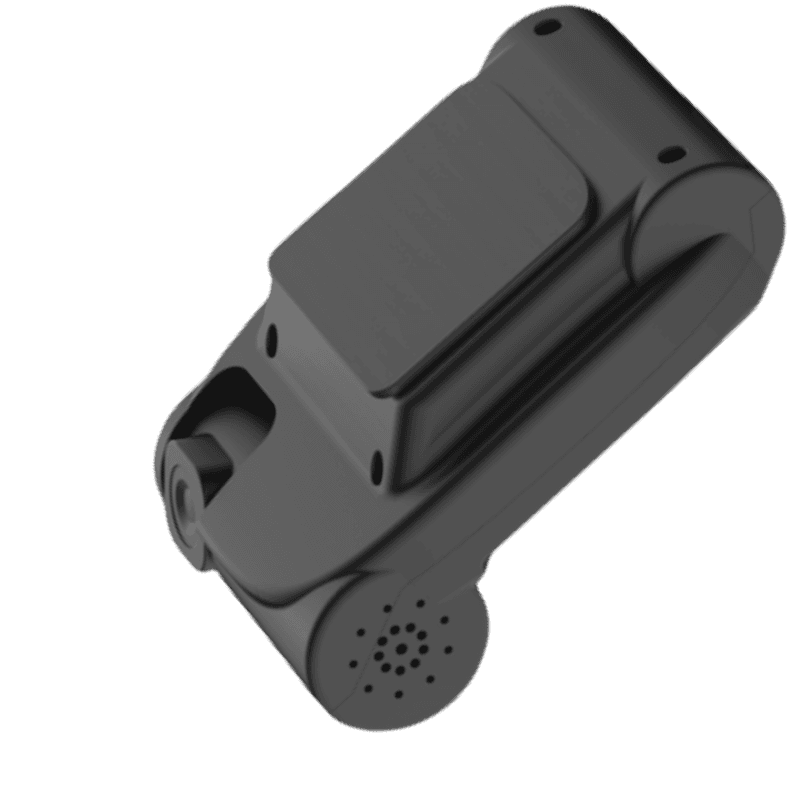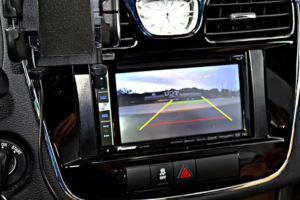Reversing and parking vehicles in tight spaces can be challenging and hazardous, especially in larger vehicles. Twin-lens reversing cameras offer a sophisticated solution by providing dual perspectives, ensuring enhanced safety and convenience. These cameras integrate advanced technology to deliver high-definition visuals of the rear and blind spots, assisting drivers in maneuvering with precision. In this article, we explore the features, benefits, applications, and future trends of twin-lens reversing cameras.
What Are Twin Lens Reversing Cameras?
Twin-lens reversing cameras are advanced camera systems equipped with two lenses to provide dual viewing angles. Typically, one lens offers a wide-angle view of the rear surroundings, while the other focuses on specific areas, such as the hitch point or blind spots. These cameras are designed to enhance visibility and eliminate the guesswork in reversing and parking, making them an essential tool for modern vehicles.
Key Features of Twin Lens Reversing Cameras
Twin lens reversing cameras are equipped with various features that make them highly effective and user-friendly:
- Dual Lenses: Provides two distinct viewing angles, such as a wide-angle and a focused view.
- High-Definition Video: Captures clear and detailed visuals, even in low-light conditions.
- Night Vision: Infrared LEDs enable visibility in complete darkness, ensuring safety during nighttime maneuvers.
- Wide Field of View: Covers a broad area, reducing blind spots and improving situational awareness.
- Weatherproof Design: Built to withstand harsh environmental conditions, including rain, dust, and extreme temperatures.
- Dynamic Guidelines: Overlays guidelines on the video feed to assist in precise parking and reversing.
- Split-Screen Display: Displays feeds from both lenses simultaneously on the in-car monitor.
- Wireless Connectivity: Some models offer wireless installation, eliminating the need for extensive wiring.
How Twin Lens Reversing Cameras Work
These cameras function by utilizing dual lenses to capture different perspectives of the vehicle’s rear. Here’s how they work:
- Wide-Angle Lens: Covers a broad area behind the vehicle, providing a clear view of potential obstacles.
- Focused Lens: Zooms in on specific areas, such as the trailer hitch or blind spots.
- Data Transmission: Video feeds are transmitted to the in-car monitor via wired or wireless connections.
- Real-Time Display: The monitor displays split-screen or single-camera views, depending on driver preferences.
- Guidelines Overlay: Dynamic guidelines assist in aligning the vehicle while reversing or parking.
Benefits of Twin Lens Reversing Cameras
1. Enhanced Safety
These cameras provide comprehensive visibility of the rear and blind spots, reducing the risk of collisions with obstacles, pedestrians, or other vehicles.
2. Improved Parking Precision
Twin-lens reversing cameras assist drivers in navigating tight parking spaces with precision, minimizing the chances of errors.
3. Increased Driver Confidence
With a clear view of the surroundings, drivers feel more confident in their ability to reverse and park safely.
4. Versatility for Various Vehicles
These cameras are suitable for a wide range of vehicles, including cars, trucks, buses, and RVs, catering to diverse needs.
5. Nighttime Safety
Infrared night vision capabilities ensure visibility in low-light conditions, enhancing safety during nighttime maneuvers.
6. Reduced Insurance Claims
By preventing accidents, these cameras help reduce the frequency of insurance claims, potentially lowering premiums.
Applications of Twin Lens Reversing Cameras
Twin lens reversing cameras are used in various scenarios to enhance safety and convenience:
1. Personal Vehicles
Drivers of cars and SUVs use these cameras for improved parking and reversing accuracy in urban and suburban environments.
2. Commercial Fleets
Fleet operators install twin-lens reversing cameras in delivery vans and trucks to ensure safe navigation and cargo protection.
3. Recreational Vehicles
RV owners rely on these cameras for better visibility and easier maneuvering in campsites and parking lots.
4. Public Transport
Buses and coaches use reversing cameras to enhance passenger safety and ensure precise docking at stops.
5. Towing and Trailers
Twin-lens cameras are ideal for monitoring trailer hitches and ensuring safe towing operations.
Future Trends in Twin Lens Reversing Cameras
Advancements in technology are driving the development of more sophisticated twin-lens reversing cameras:
1. AI-Powered Analytics
Future systems will feature AI algorithms capable of detecting obstacles and predicting potential collision scenarios.
2. Integration with Smart Vehicles
Cameras will integrate seamlessly with advanced driver-assistance systems (ADAS) for a unified safety experience.
3. Ultra-High Definition
Cameras will offer 4K or higher resolution, providing crystal-clear visuals for better decision-making.
4. Enhanced Connectivity
Wireless technology will improve, allowing for easier installation and more reliable video transmission.
5. Augmented Reality Overlays
Augmented reality will provide more intuitive guidance, overlaying navigational cues on live video feeds.
6. Sustainability
Energy-efficient designs and solar-powered models will support eco-friendly transportation practices.
Challenges and Solutions
Despite their benefits, twin lens reversing cameras face certain challenges:
1. High Initial Costs
Advanced cameras can be expensive, but their long-term safety and convenience benefits often outweigh the initial investment.
2. Installation Complexity
Professional installation may be required for wired systems, but wireless models offer easier setup options.
3. Maintenance Requirements
Regular cleaning and maintenance are necessary to ensure optimal performance in harsh environmental conditions.
Conclusion
Twin-lens reversing cameras are transforming vehicle safety and convenience by providing dual perspectives and advanced features. Whether for personal vehicles, commercial fleets, or recreational purposes, these cameras enhance visibility, reduce accidents, and improve driver confidence. As technology continues to evolve, twin-lens reversing cameras will become even more sophisticated, offering AI-powered analytics, augmented reality, and seamless integration with smart vehicle systems. Explore the latest twin-lens reversing cameras to experience the future of reversing technology today.




